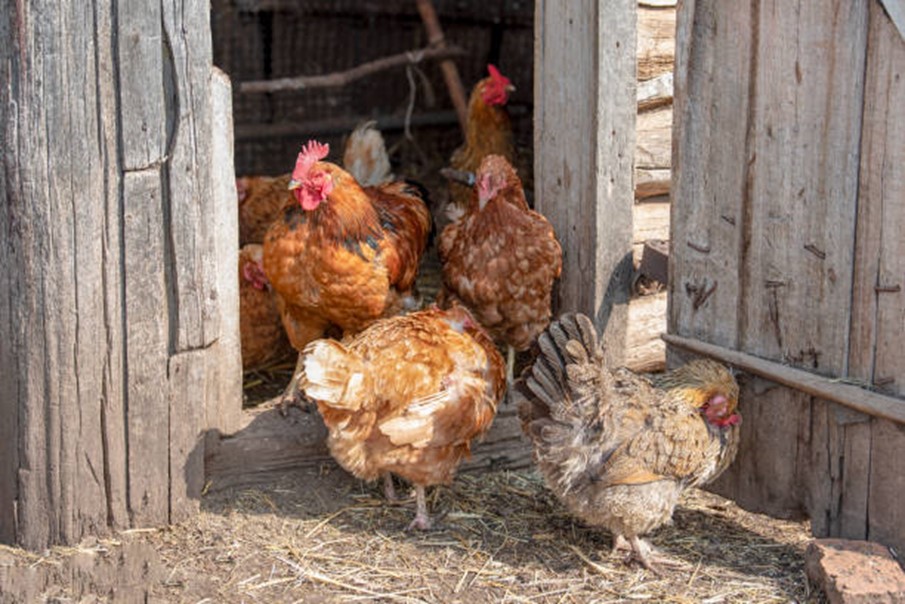Prediction of perfluoroalkyl acids (PFAAs) in homegrown eggs

Grow Your Own
Production of self-cultivated food in private gardens has become increasingly popular over recent years. Especially, housing of free-ranging laying hens for the production of homegrown eggs has gained worldwide popularity. However, the presence of organic contaminants in private gardens can pose a significant risk to human health as these can easily enter the food-chain through their bioaccumulative properties, which is also the case for per- and polyfluoroalkylated substances (PFAAs).
From soil to chicken to eggs
In order to decrease PFAA bioaccumulation in homegrown eggs and reduce potential health risks to humans, it is essential to understand how abiotic and biotic factors may affect the bioavailability of these compounds to laying hens and ultimately humans. However, very little knowledge exists on the bioavailability of PFAAs to food from animal origin. The majority of studies is largely limited to plant crop species and performed under experimental conditions. These studies have identified that the soil forms the main sink of PFAAs and that soil physicochemical properties play a decisive role in the bioavailability to terrestrial organisms. It is likely that these physicochemical properties can also play a crucial role in the bioavailability of PFAAs to free-ranging laying hens, amongst other factors.
(A)biotic factors and bioavailability
Existing bioavailability and modeling concepts of conventional organic pollutants cannot be generalized to PFAAs due to their different physicochemical soil interactions. Therefore, there is an urgent need for empirical models to provide insights into how (a)biotic factors affect the bioavailability to eggs. To this end, in a study from the team conducted by Robin Lasters from the University of Antwerp, 17 targeted analytes were analyzed in abiotic matrices and homegrown eggs, which were sampled in private gardens , at various distances within a radius of 25 km from a major fluorochemical plant in Antwerp (Belgium). Various soil characteristics were measured to evaluate their role in affecting PFAA bioavailability to the eggs. Finally, PFAAs were measured in potential feed sources (i.e. homegrown vegetable and earthworm pools) of the laying hens to evaluate their contribution to the egg burden. Modeling suggested that soil was a major exposure source to laying hens, accounting for 16–55% of the total variation in egg concentrations for dominant PFAAs, taking into account the various exposure pathways examined.
Predictive models based on soil concentrations, total organic carbon (TOC), pH, clay content and exchangeable cations were successfully developed for major PFAAs, providing possibilities for time- and cost effective risk assessment of PFAAs in homegrown eggs. Finally, remediation measures were formulated that are readily applicable to lower PFAA exposure via homegrown eggs.
The complete study “Prediction of perfluoroalkyl acids (PFAAs) in homegrown eggs: Insights into abiotic and biotic factors affecting bioavailability and derivation of potential remediation measures” (Robin Lasters et al) was published in Environment International, Volume 181, November 2023 and can be found here.
EmConSoil coordinator
- Address
- Stationsstraat 110
2800 Mechelen
Route and accessibility - Telephone
- +32 15 284 284
